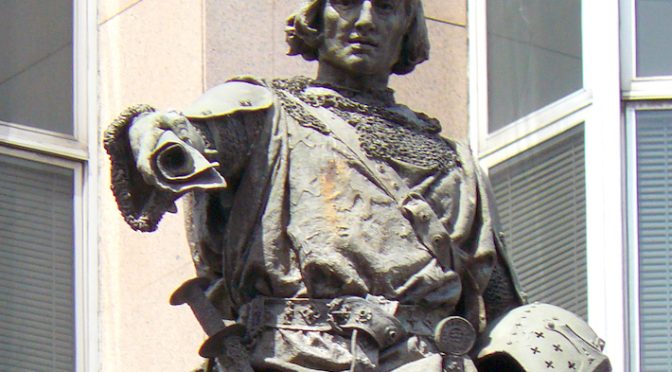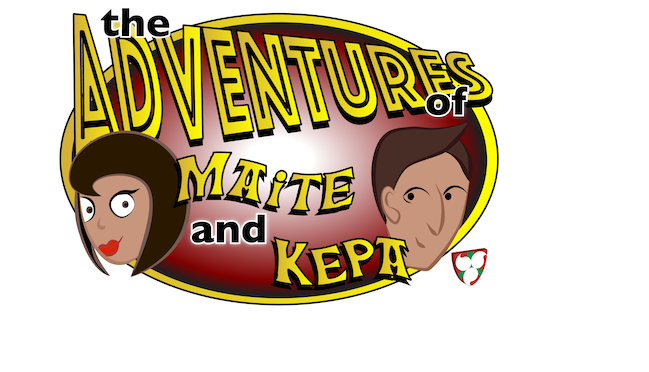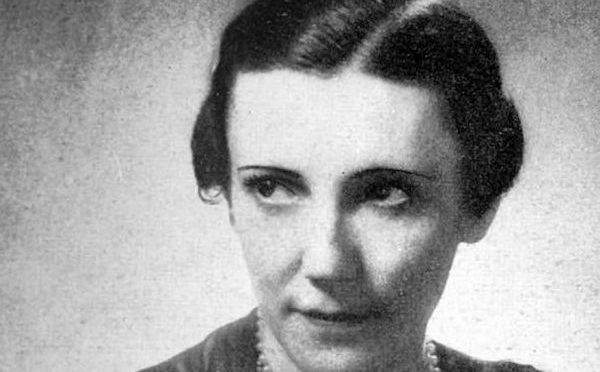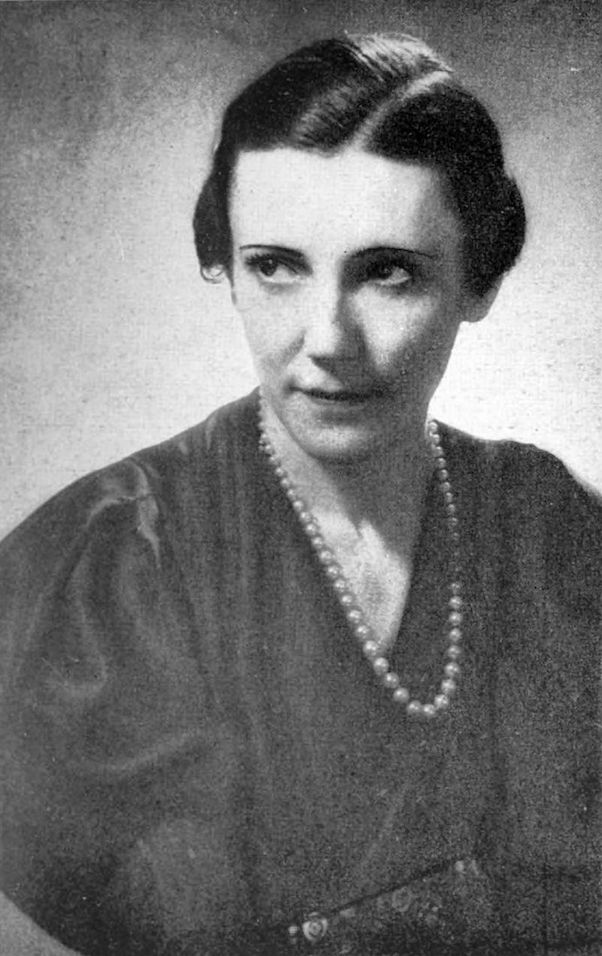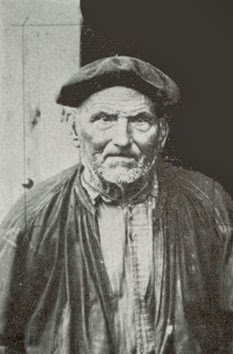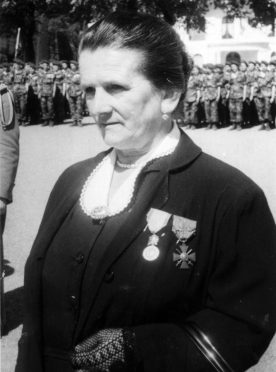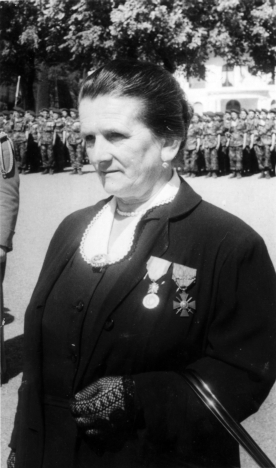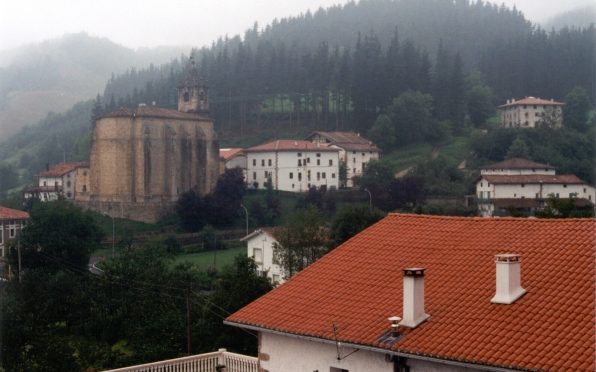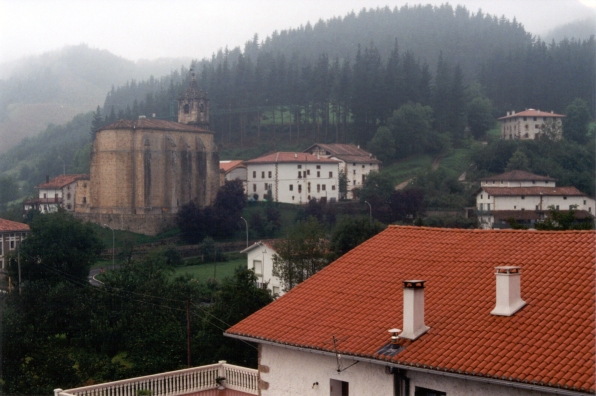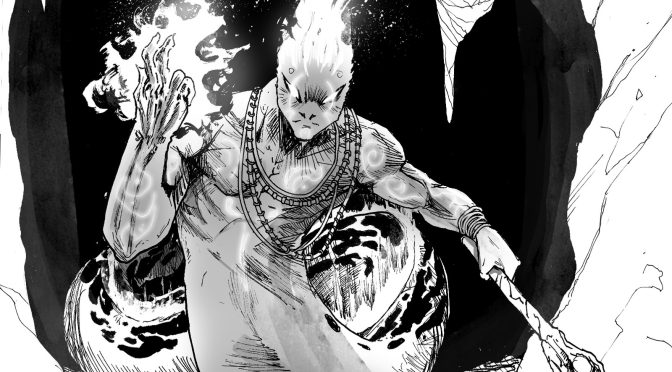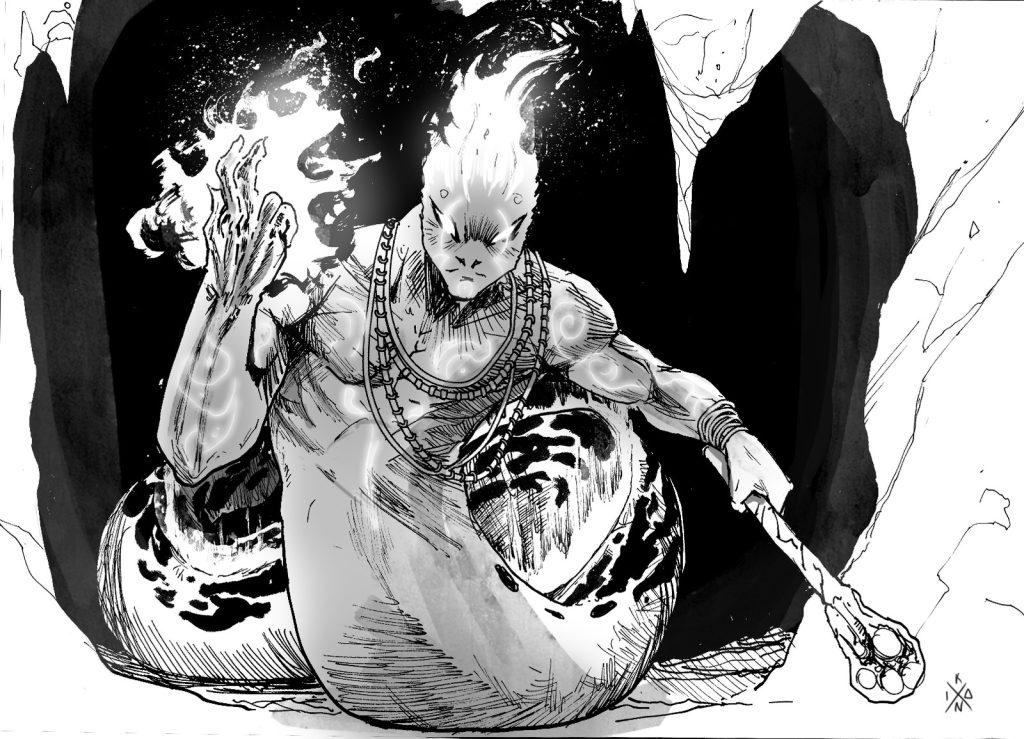I have to admit that, whenever I look into the medieval history of the Basque Country, I quickly get lost. There are simply so many players, so many changing alliances, and so many intermarriages that it is hard for me to keep track – theoretical physics is easier! However, one thing is clear: the importance of the House of Haro and the Lordship of Bizkaia in the history of that province. By the way, if anyone has a good book suggestion for the medieval history of the Basque Country, please let me know!
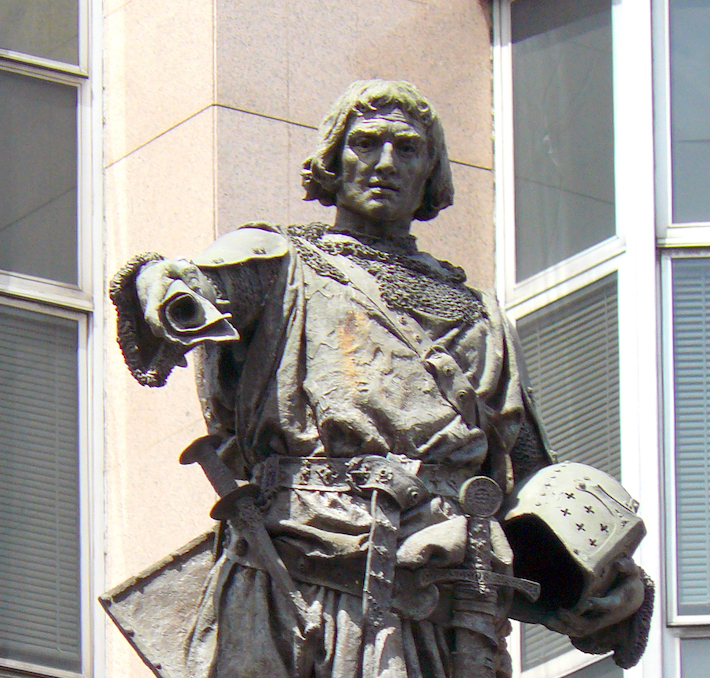
- There are at least two myths surrounding the founding of the Lordship of Bizkaia. The first, dating to at least the early 1300s, has Froom, the exiled brother of the King of England, fighting against the Asturians in Busturia with his son Fortun Froes. Froom was killed in battle but Froes was, for some reason, named Lord of Bizkaia for his efforts.
- The second myth revolves around Jaun Zuria, the White Lord. In this story, the daughter of a Scottish king arrives by ship at the port of Mundaka, where she gives birth to a son. Some tales say that the boy, named Çuria, was the son of Sugaar, the mythical consort of Mari. The mother and son later move to Busturia, where the boy is raised. He is chosen by the people of Bizkaia to lead their resistance against the Asturians, defeating them in the battle of Arrigorriaga, for which he is rewarded by being named Lord of Bizkaia.
- The first historical Lord of Bizkaia was Iñigo López Ezquerra, who became Lord sometime between 1040 and 1043. He was appointed to this role by king García Sánchez III of Navarre. Not much is known about Iñigo. He first appears in history in 1033, when he was mentioned in the writings of Sancho el Mayor of Nafarroa. Iñigo made the position hereditary, passing it along to his son, Lope Íñiguez.
- Lope’s son, Diego López I de Haro, became the third Lord of Bizkaia and also took on the name Haro, using it for the first time in 1117. Haro was a place in La Rioja that was under the family’s control. His descendants continued to use the name from then on and, except for a brief moment in time, ruled the Lordship of Bizkaia until Juana Núñez de Lara y Díaz de Haro who was Lady of Bizkaia between 1352-1359. She died with no successor, ending the House of Haro’s control of the Lordship.
- Though the first Lord of Bizkaia, Iñigo, gained his title through the king of Nafarroa, the family later aligned themselves with Castilla, and even later again with Nafarroa. During the House of Haro’s reign, in 1176, Bizkaia was divided along the Nervión river, with the left becoming part of Castilla and the right remaining with Nafarroa. Eventually, the Lordship fell completely under the domain of Castilla, until it was abolished in 1876, along with the Bizkaian fueros and the Juntas Generales.
- The Lordship’s domain consisted of three parts. The Tierra Llana, or flatlands, was the rural middle region that was not protected by walls and was comprised of, amongst other towns, Mundaka, Busturia, Marikina, Amorebieta, Sondika, and Lemoa. To the west was the Enkarterri, including Muskia and Sestao, while to the east lie the Durangaldea, with Mallabia and Elorrio, amongst other towns.
Primary sources: Asarta Epenza, Urbano. CASA DE HARO. Auñamendi Encyclopedia. Available at: https://aunamendi.eusko-ikaskuntza.eus/en/casa-de-haro/ar-27139/; Estornés Lasa, Bernardo. Íñigo López Ezquerra. Auñamendi Encyclopedia. Available at: https://aunamendi.eusko-ikaskuntza.eus/en/inigo-lopez-ezquerra/ar-68947/; Lordship of Biscay, Wikipedia

